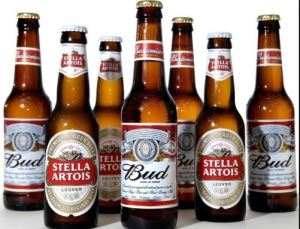Befimmo is a real-estate investment fund having their main portfolio assets in the Brussels area.
For real-estate holdings, I like to keep things simple. Reports are always telling us that the current portfolio is superior, that the previously held and now sold assets were less good, and that from now on there will be a very bright future for shareholders. But you can judge a real estate holding company with two simple factors: dividend policy and net asset evolution.
Much more than for an industrial company, investors purchase real-estate shares because of a good return from dividends. Dividends replace the rental income you would have yourself if you would own a rental property. Therefore, you would expect something in the range of 7% gross return, or after operating costs some 5-6%, after dividend taxes some 4-5% net return.
Befimmo is succeeding this first hurdle: in the past, net dividend returns have always been higher than 4%, today it stands at 5%.
Net asset value (NAV) on the long term represents the success of the company with regards to their asset purchasing strategy. You cannot judge it on a short term (less than 5 years) because of real estate market fluctuations, but over more than 10 years, an investor would expect the value of the property per share to increase considerably. This is the weakness of Befimmo: 15 years ago, the NAV was 54 euro/share. Today it is exactly the same 54 euros. In between it has gone up to 74, but down again to 54. In other words, from the perspective of the shareholder, Befimmo has purchased a property in 1999 for 54 euro, and 15 years later, the property is still worth 54 euro. That does not sound like a tremendous acquisition strategy to me.
The share price today of 55 Euro is correct and mirror’s the NAV. The dividend is also correct, and is at least much more than 1 or 2 % which one can expect from a savings account. In return, you have to take the limited perspective for share price increases for granted.
As a conclusion, this stock is OK to replace sleeping savings-account money, but you should not expect more than the 4-5% net return from the dividend, unless the real-estate acquisition strategy would change considerably for the better.









